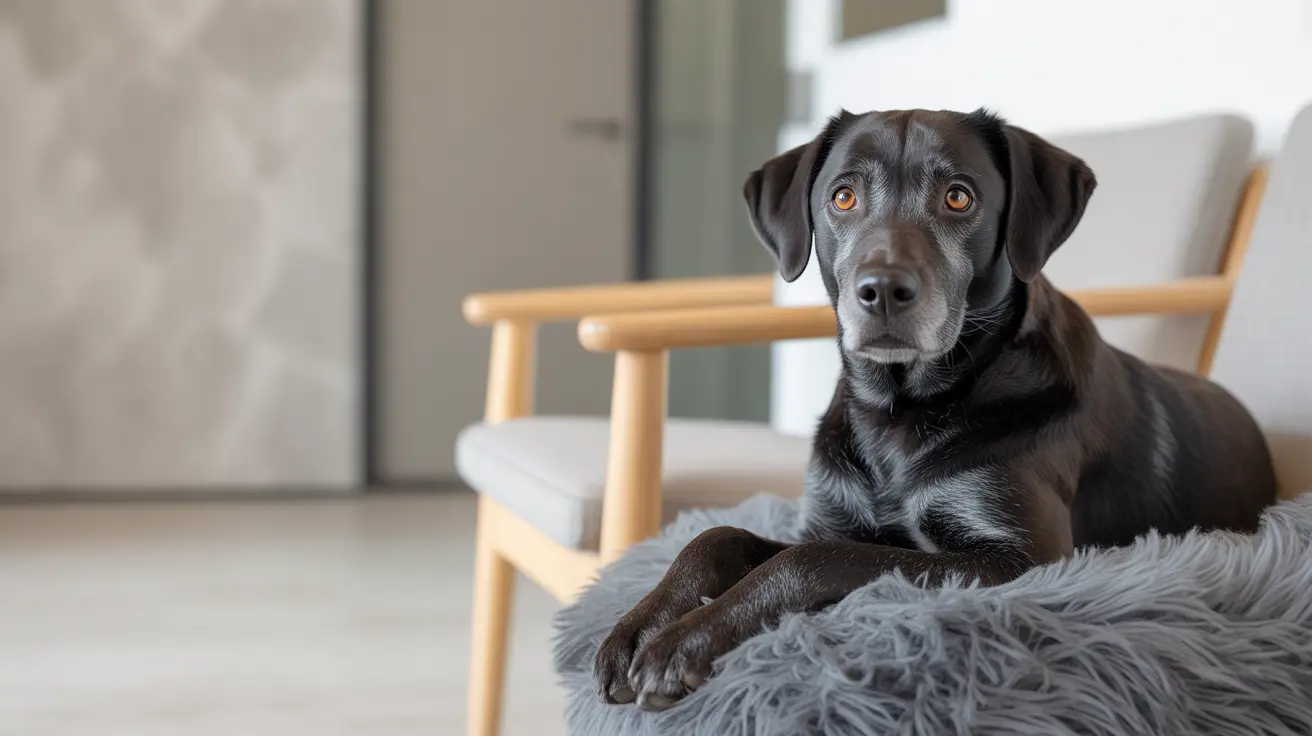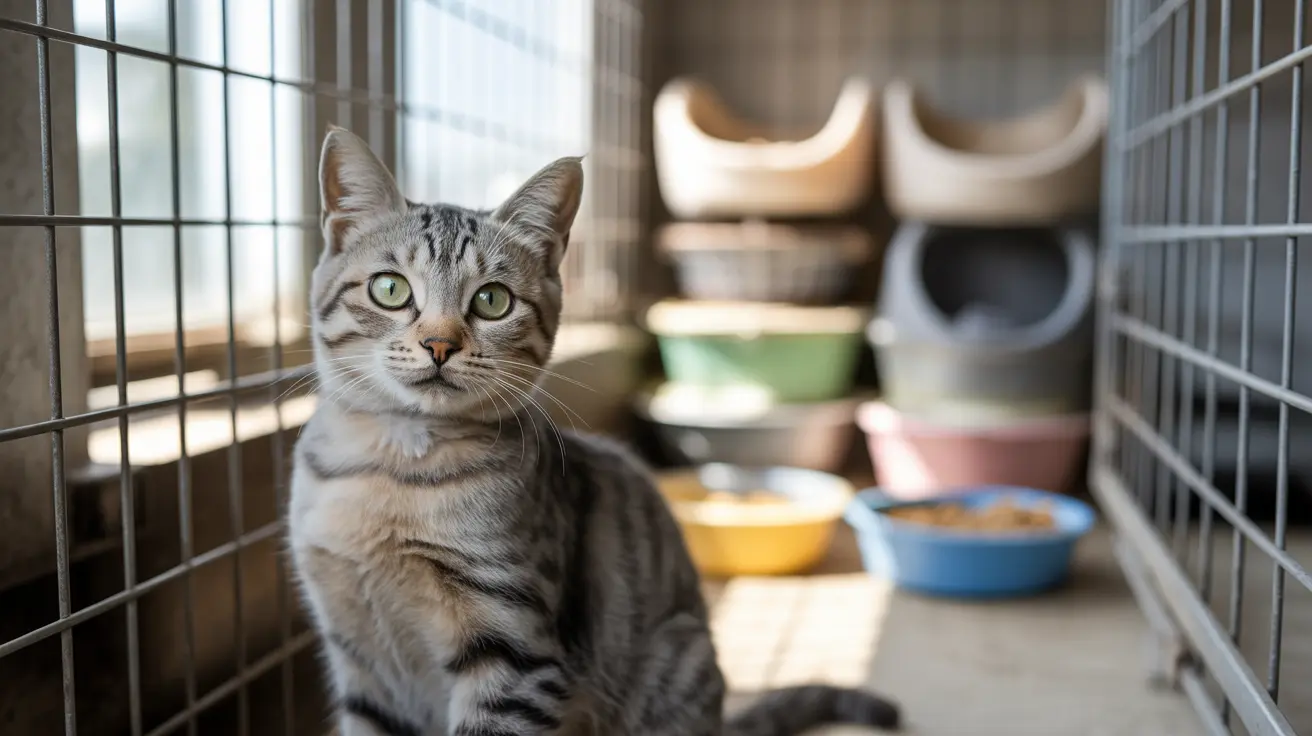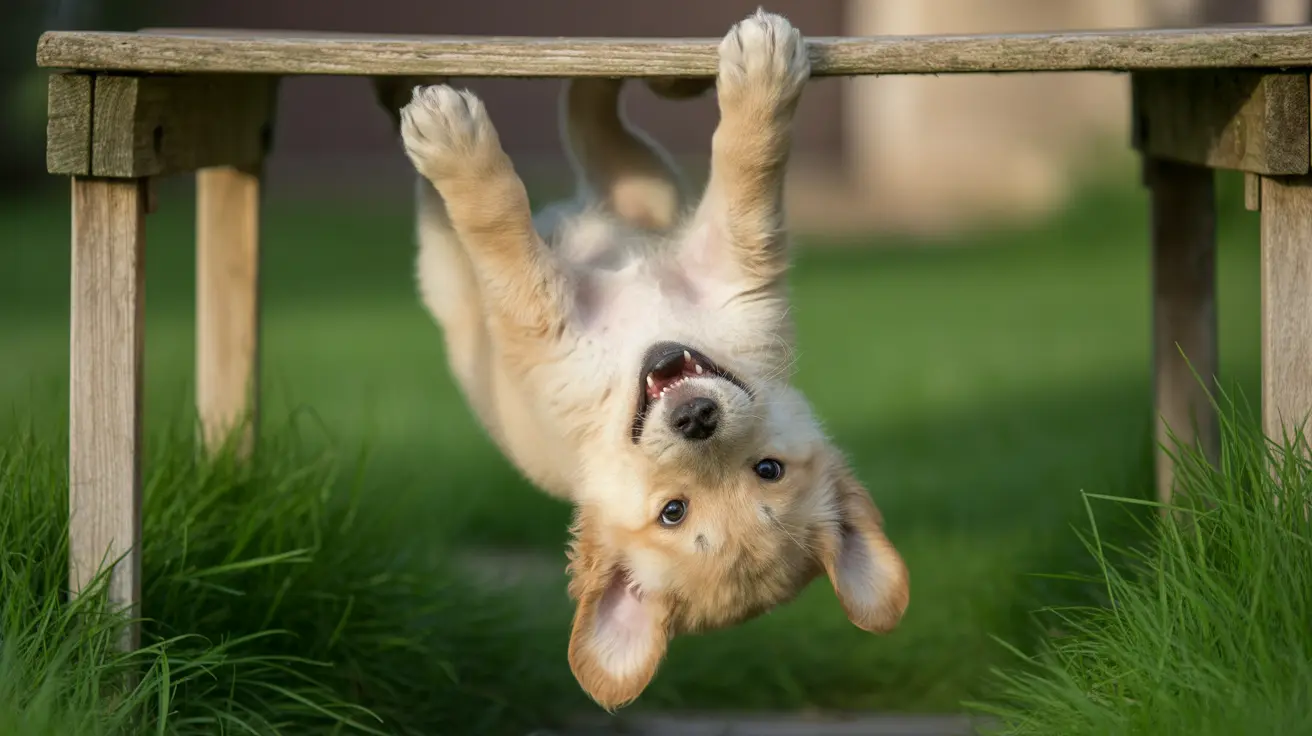How Dogs Show Affection: Understanding Canine Love
When you share your life with a dog, you quickly notice the many ways they express their feelings. Dogs are social animals, and their affection isn't subtle—it's written all over their body language and actions. If you've ever wondered how your furry friend says "I love you," you're not alone. Let's dig into the heartfelt ways dogs show their devotion.
Tail Wagging and Body Language
The classic sign of a happy, affectionate dog is a wagging tail. But it's not just any wag—when a dog wags its tail loosely and energetically (sometimes with the whole back end wiggling), that's pure joy aimed at you. A relaxed body posture, soft eyes, and ears in a natural position also signal comfort and attachment.
- Wagging tail: Fast, loose wags usually mean excitement to see you.
- Leaning in: Dogs often press against your leg or side for closeness.
- Soft gaze: Gentle eye contact without staring shows trust.
Licking and Nuzzling
Licking is more than just grooming—it's a dog's way of bonding. Puppies lick their mothers for comfort, and adult dogs continue this behavior with people they love. A gentle lick on your hand or face is their canine kiss. Nuzzling or pressing their muzzle against you is another sweet gesture that says "I'm here for you."
Cuddling and Physical Contact
If your dog curls up beside you or rests its head on your lap, that's a clear sign of affection. Dogs are pack animals; they crave closeness with those they trust. Some will even try to climb onto your lap (no matter their size!) just to be near you.
- Cuddling on the couch or bed
- Napping at your feet
- Pawing gently at you for attention
Following You Around
Your dog might be your shadow, trailing from room to room. This isn't just curiosity—it's loyalty and love. Dogs want to be part of whatever you're doing because being near you makes them feel secure.
Bringing You Toys or Gifts
Some dogs will bring you their favorite toy as an offering—a sign they want to share what makes them happy. Occasionally, you'll get a less appealing gift (like something found in the yard), but the thought counts! It's all about including you in their world.
Excited Greetings
The enthusiastic welcome when you come home—jumping, spinning, barking—is a sure sign of affection. Your return is the highlight of your dog's day, and they can't hide it.
- Bouncing up to meet you at the door
- Happy vocalizations or "talking"
- Dancing paws or playful bows
Sighs and Contented Sounds
A deep sigh as your dog settles next to you means they're happy and relaxed. Soft grunts or groans during petting sessions are canine approval stamps—they're telling you this feels good!
Mimicking Your Behavior
You might notice your dog yawning when you do or sitting when you sit down. This mirroring is another way dogs bond with people—they're attuned to your moods and routines.
Protective Instincts Without Aggression
An affectionate dog may position itself between you and strangers—not out of fear but out of care. They'll keep an eye on new people while staying close to reassure both themselves and you.
The Little Things That Mean Love
Your dog's affection can show up in dozens of small ways: waiting patiently by the door for your return, bringing socks from the laundry basket (even if unasked), or simply gazing at you with adoration during quiet moments together.
- Sneaking onto your bed after you've left for work
- Sitting quietly beside you when you're sad or sick
- Licking away tears if you're crying—they sense emotions keenly!
Why Understanding Dog Affection Matters
The more we recognize these signals, the stronger our bond becomes with our pets. Responding with gentle words, petting, playtime, or treats helps reinforce that loving relationship. Every dog has its own way of showing affection—some are exuberant cuddlers; others are reserved companions who prefer quiet loyalty over big displays.
If you're ever unsure whether a behavior is affectionate or anxious (for example: excessive licking could mean stress), pay attention to context and overall body language. Most often, though, those daily gestures—from tail wags to nuzzles—are simply canine shorthand for "I love having you in my life." And isn't that one of the best feelings?





